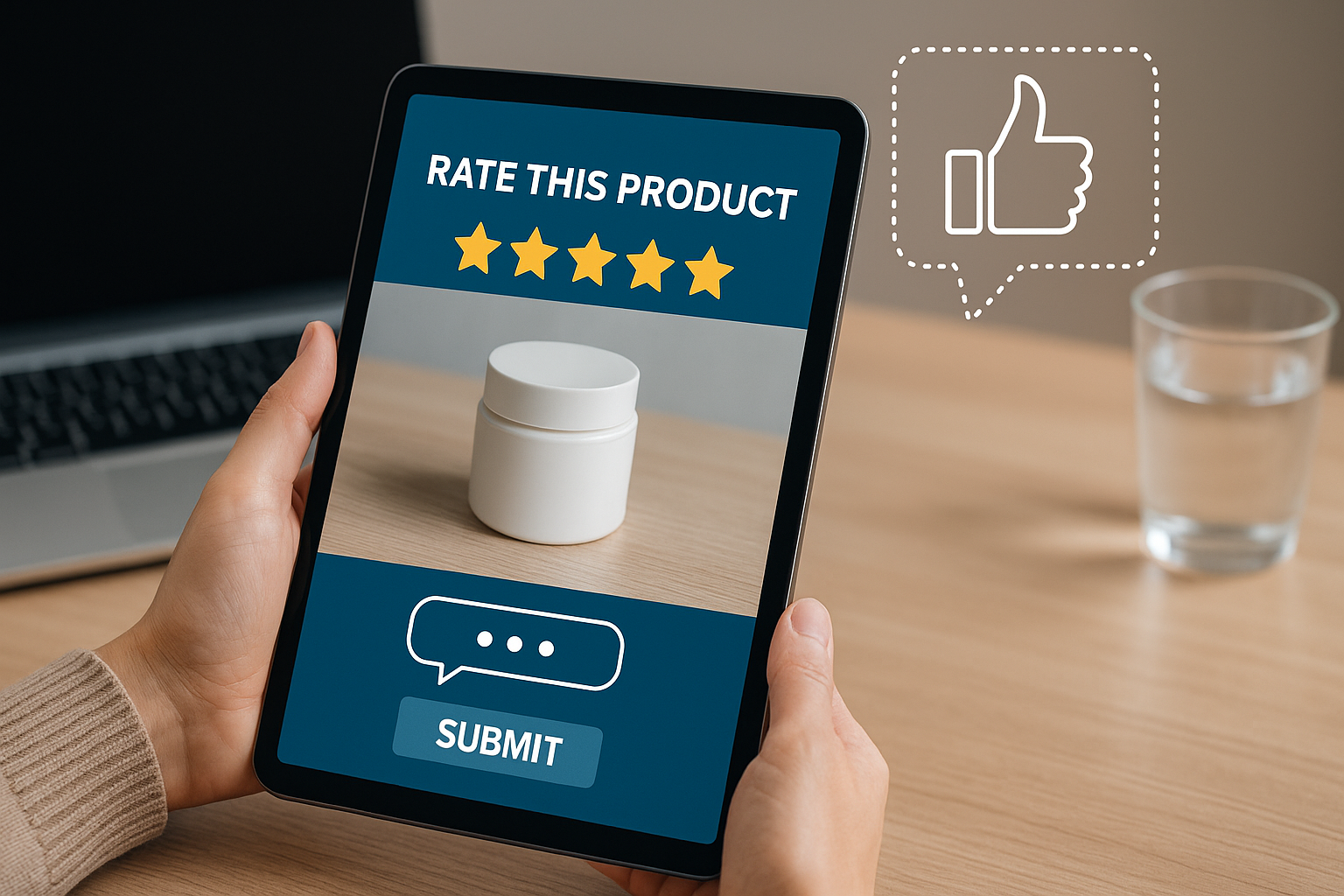
The Role of Social Proof in Product Sampling Campaigns
Introduction
In today’s digital marketplace, consumers are bombarded with endless product choices. To stand out, brands must not only offer high-quality products but also leverage psychological triggers that influence purchasing decisions. One of the most powerful of these triggers is social proof. When applied effectively, social proof transforms product sampling campaigns from isolated experiences into trusted, community-driven events that accelerate conversion and build brand loyalty. This article explores the role of social proof in sampling campaigns, how to harness its potential, and real-world examples of success.
What Is Social Proof?
Social proof is the phenomenon where people mimic the actions of others in an attempt to reflect correct behavior for a given situation. In marketing, it takes many forms:
- Customer reviews and testimonials
- Influencer endorsements
- User-generated content (UGC)
- Star ratings and review counts
- “Most popular” product labels
When consumers see that others trust, use, and endorse a product, they are more likely to try it themselves. Sampling campaigns thrive when social proof is embedded at every touchpoint.
Why Social Proof Matters in Sampling
Product sampling is already a powerful tactic because it eliminates risk—people try before they buy. Adding social proof to the mix reduces perceived risk even further and amplifies trust. Here’s how social proof enhances sampling:
- Credibility: Real user experiences validate the brand claims.
- FOMO (Fear of Missing Out): Seeing others receive and love a product encourages participation.
- Community building: Shared reviews and content help form a tribe around your brand.
- Conversion catalyst: Positive social feedback often tips the scales for undecided consumers.
Ways to Integrate Social Proof into Sampling Campaigns
1. Leverage User-Generated Content (UGC)
Encourage sample recipients to share photos, videos, and feedback on social platforms using campaign-specific hashtags. Display these UGC entries prominently on your website, email marketing, or digital ads.
Tips:
- Offer small incentives for content sharing.
- Feature top posts in newsletters or your homepage.
- Use a branded hashtag for better tracking and discoverability.
2. Highlight Reviews from Previous Campaigns
Showcase reviews from past recipients in the sampling sign-up flow. Display testimonials that mention positive first impressions, customer service, or purchase follow-through.
Example: “I got a free sample through BrandX’s campaign and ended up switching to them permanently. The quality blew me away!” — Sarah T.
3. Use Influencer and Micro-Influencer Testimonials
Partner with influencers who align with your brand to receive and review product samples. Their endorsement lends credibility and can spark UGC among their followers.
Strategy:
- Micro-influencers tend to have higher engagement than large accounts.
- Use video testimonials for greater authenticity.
4. Display Engagement Metrics Publicly
Show how many people have already claimed samples, posted photos, or given reviews. This creates a bandwagon effect.
Example:
- “2,000 happy customers have already sampled this product!”
- “1,500 Instagram posts and counting using #TryBrandX”
5. Create Case Studies Based on Feedback
Turn successful sampling campaigns into case studies and share them in future campaigns. When people see others benefiting from the experience, they’re more likely to join in.
Include:
- Participant quotes
- Data points (conversion rate, engagement boost)
- Before/after user stories
Measuring the Impact of Social Proof
To understand how well social proof is influencing your campaign, track these metrics:
- UGC volume (hashtags, tags, mentions)
- Review submission rates
- Engagement on influencer content
- Traffic or conversion uplift from testimonials
- Referral rates from shared experiences
Using an AI-powered platform like Samplify can help aggregate and analyze these data points in real time, making it easier to fine-tune your strategy.
Real-World Example: EcoEssence Naturals
EcoEssence, a sustainable skincare brand, launched a sampling campaign using Samplify that relied heavily on social proof. They invited recipients to post their unboxing experience on Instagram. The brand then repurposed this content in retargeting ads and email sequences.
Results:
- 300% increase in social engagement
- 42% conversion from sample to full-size purchase
- 25% increase in email open rates due to UGC inclusion
This campaign demonstrated how combining authentic user content with free sampling can significantly elevate a brand’s perceived value and credibility.
Conclusion
Social proof isn’t just a nice-to-have feature in your sampling campaign—it’s a powerful lever for increasing trust, participation, and conversions. By encouraging and showcasing real customer experiences, influencer testimonials, and UGC, brands can create a sense of excitement, credibility, and community around their products. With the right strategy and tools, social proof can turn a one-time sample into a long-term customer relationship.